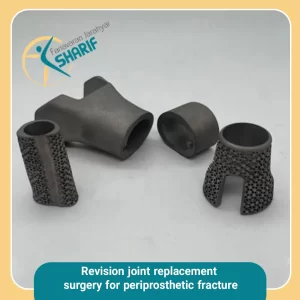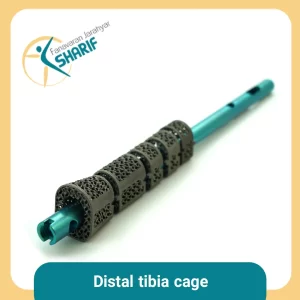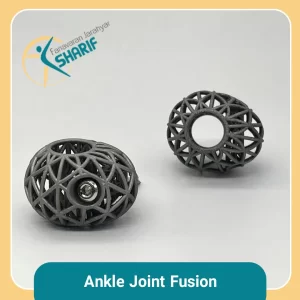Customized Revision TKA Cones
Conforming to the patient’s femoral or tibial medullary canal, customized rTKA cones offer superior bone contact and consequently better osseointegration.
3D printing uses medical-grade Titanium, which is employed for both revision and difficult primary total knee arthroplasties and can provide additional zonal fixation.
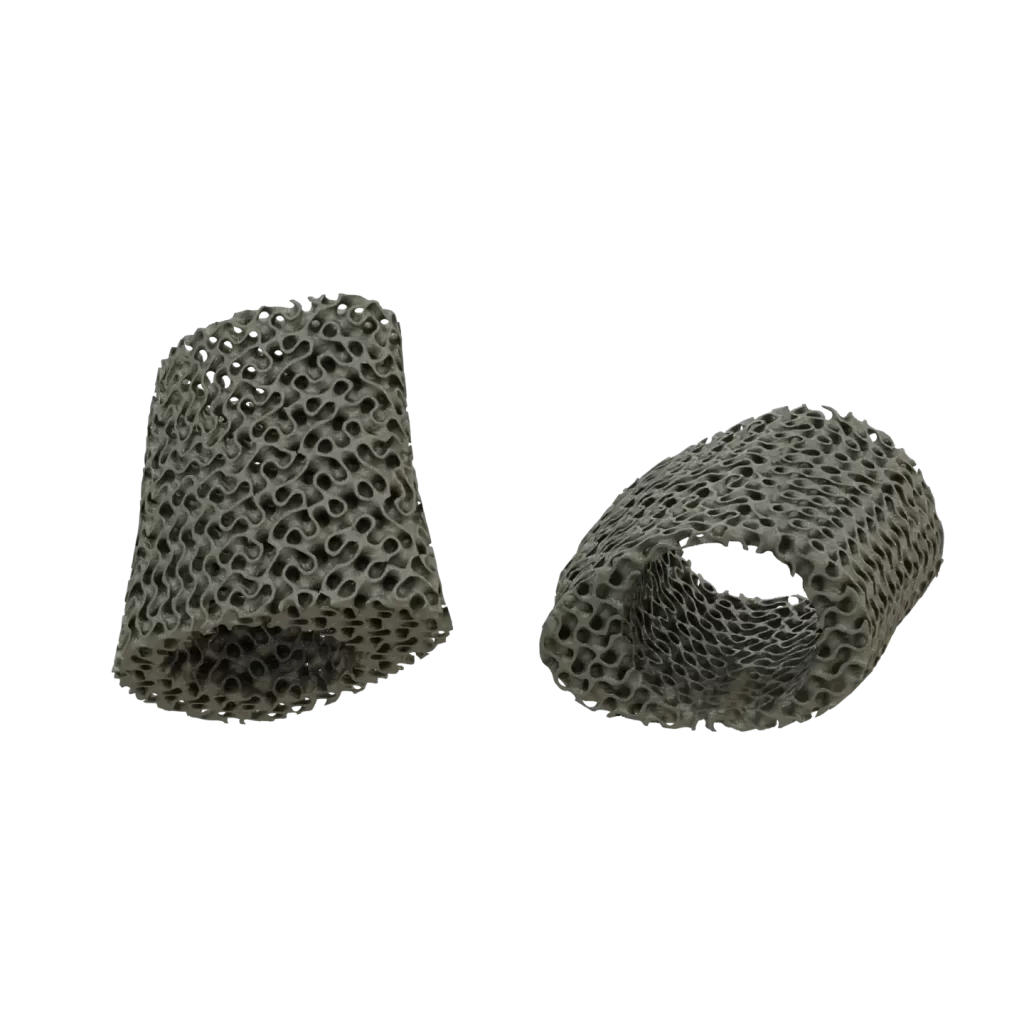
Product Overviwe
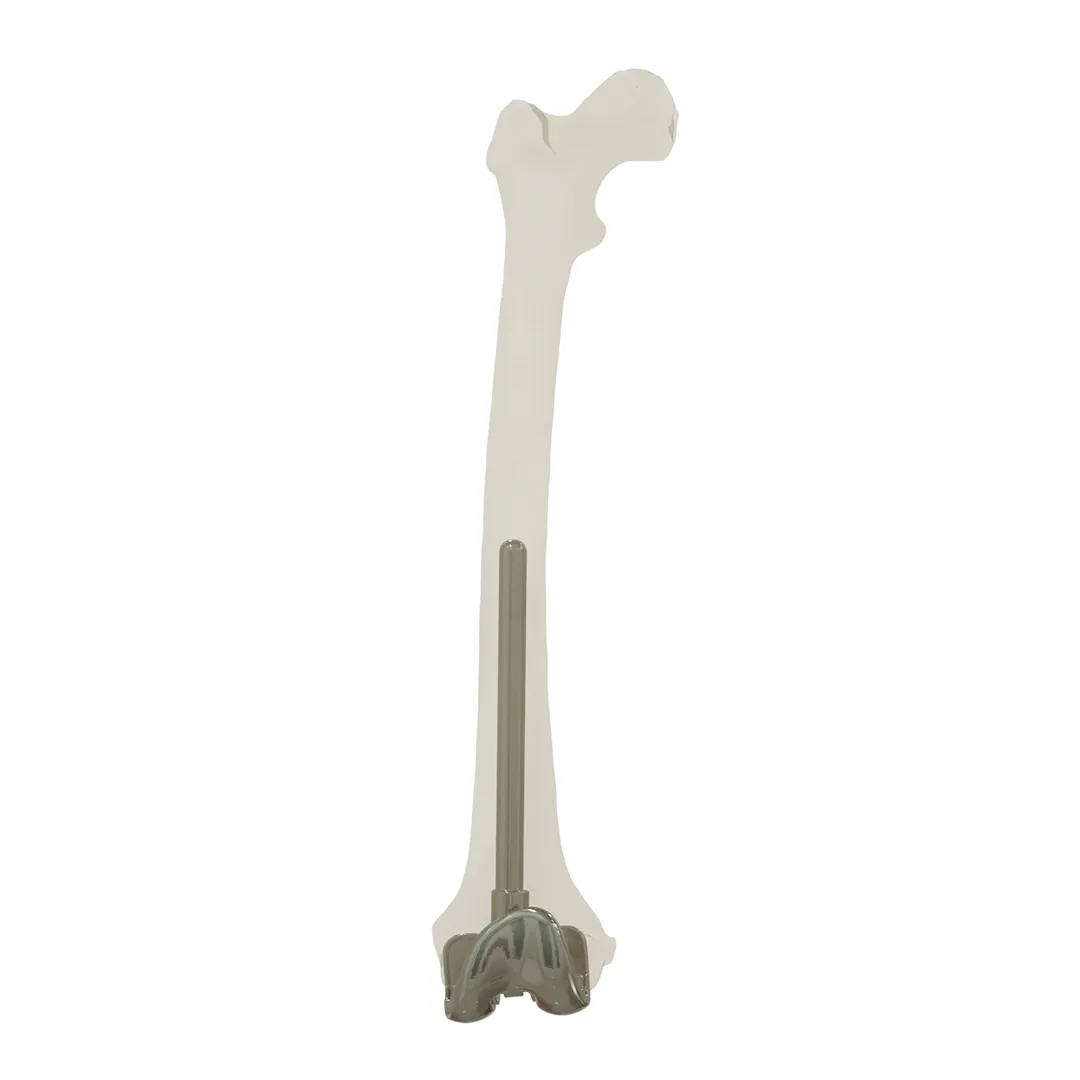
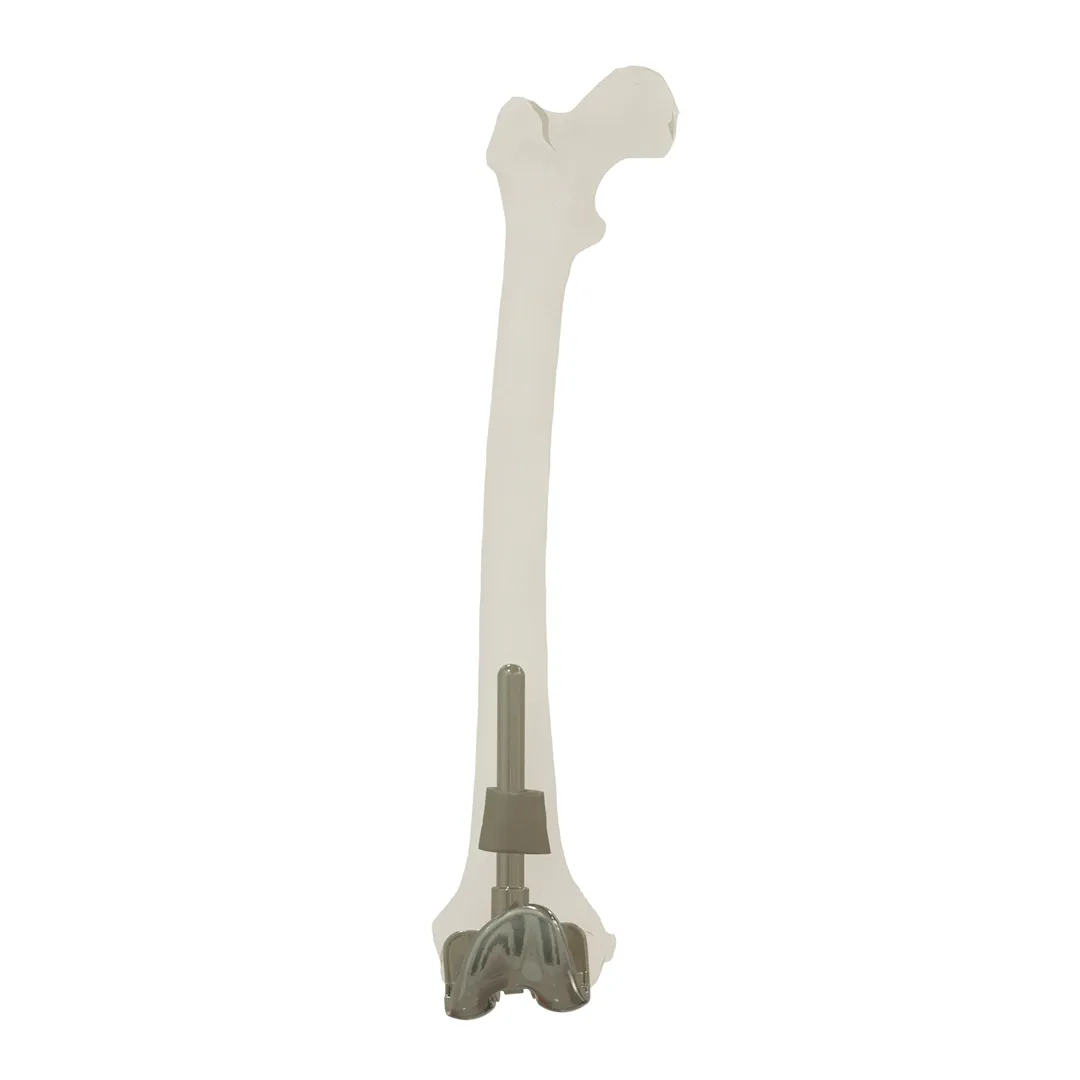
Product Overview
Bone defects and irregular anatomies which are common in primary total knee and revision arthroplasties, make it difficult to use off-the-shelf implants. Furthermore, OTS prostheses often limit the surgeon’s treatment plan which can negatively affect the surgical outcome.
Customized rTKA cones however are designed based on the surgeon’s preoperative planning while taking into account unique geometry of the bone and any defects that may be present. This leads to both a great surgical outcome and also reduced stress for the surgeon as everything has been determined preoperatively and conforming prostheses have been manufactured according to it.
Patient-specific cones are excellent for cases where stems are going to be used as they can incorporate the geometry of the stem (offset or straight) and also optimize the cement mantle thickness.
Workflow
Imaging
CT scan and XRay imaging are acquired to create an accurate 3D model of the patient's lower extremity, and identify the extent of the defect.
Implant Design
Clinical engineers design a custom implant based on the patient's anatomy and desired alignment technique.
Product Manufacturing
Upon physician approval, the implant is manufactured using 3D printing technology.
Surgery
The sterilized implant is delivered to the attending physician along with an anatomical model of the patient. A company representative may be present in the operating room to assist with implant placement.
Specifications
Surgeons can collaborate with the engineering team to design the implant’s geometry and features based on their clinical assessment of the patient and the intended treatment plan.
At the interface between the bone and the prosthesis, it is possible to have a TPMS lattice structure such as gyroid, in order to promote bone ingrowth as a secondary mechanism of fixation.
With customized implants it is possible to position the joint line in an optimized position based on landmarks such the adductor tubercle or the proximal tibiofibular joint.
Having designed the cone based on the medullary canal’s geometry, it will have 360-degree contact with bone which will in turn lead to superior osseointegration.
In contrast to OTS counterparts, patient-specific implants can be made at any length and this can be especially beneficial to bypass metaphyseal fractures or other defects.
Specifications
Surgeons can collaborate with the engineering team to design the implant’s geometry and features based on their clinical assessment of the patient and the intended treatment plan.
benefits
- Design and Fabrication Tailored to Physician Treatment Plan and Patient Anatomy
- Reducing Surgical Time and Costs
- Reconstructing Previously Unmanageable Bone Defects: A New Frontier in Orthopedic Medicine
- Porous Structure in Bone Implants: Enhancing Osseointegration and Fixation
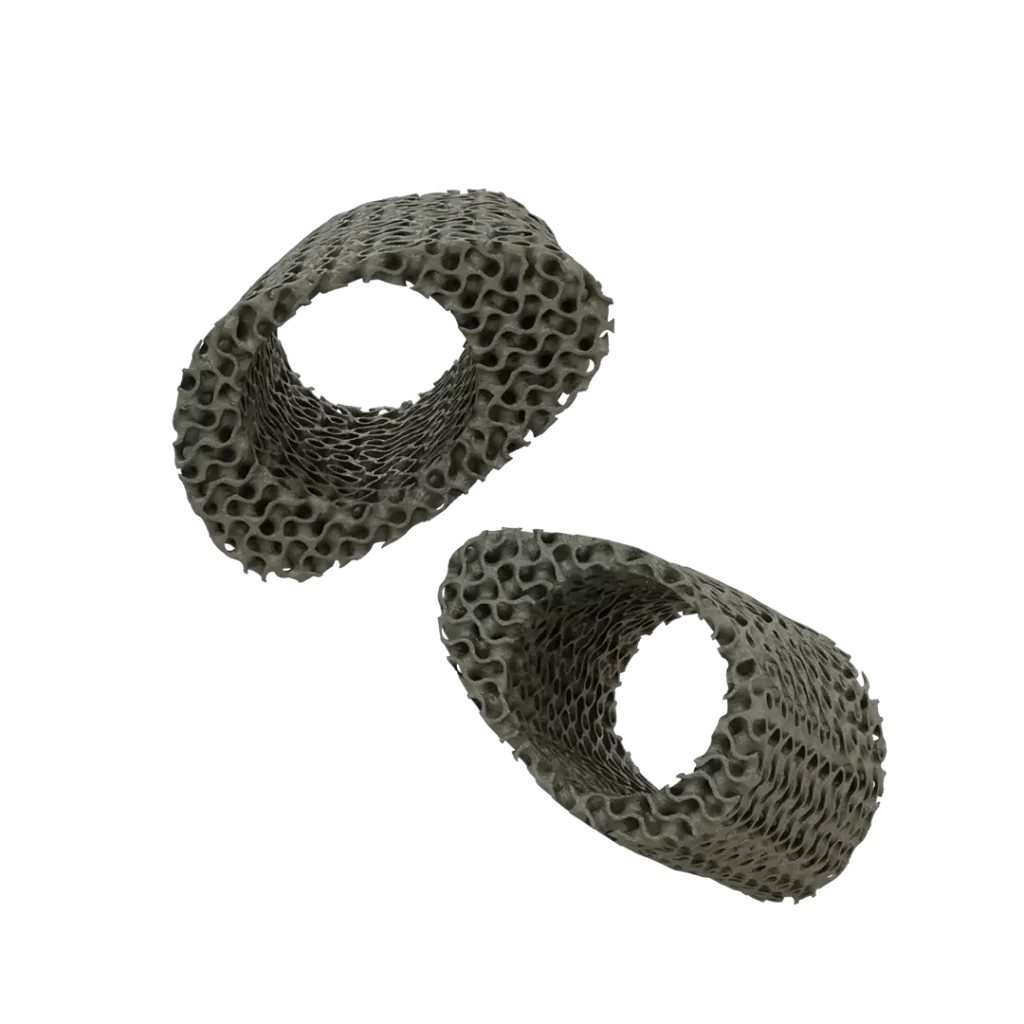
Cases report
An 87-year-old male patient with severe genu varum (Varus-bow-legged) and significant bone defects...
The patient is an 86-year-old woman who presented to the doctor with a...
A 45-year-old male patient who had suffered a fracture and comminution of the...
A 56-year-old male patient with Charcot joint due to diabetes had a portion...
Cases report
Our case reports highlight successful outcomes achieved through our custom-made implants. They showcase the effectiveness of our treatment plans and the expertise of our team in creating tailored solutions for each patient.
By reviewing these reports, you can gain a better understanding of the level of care and precision that we bring to every aspect of our work with patient specific implants.


